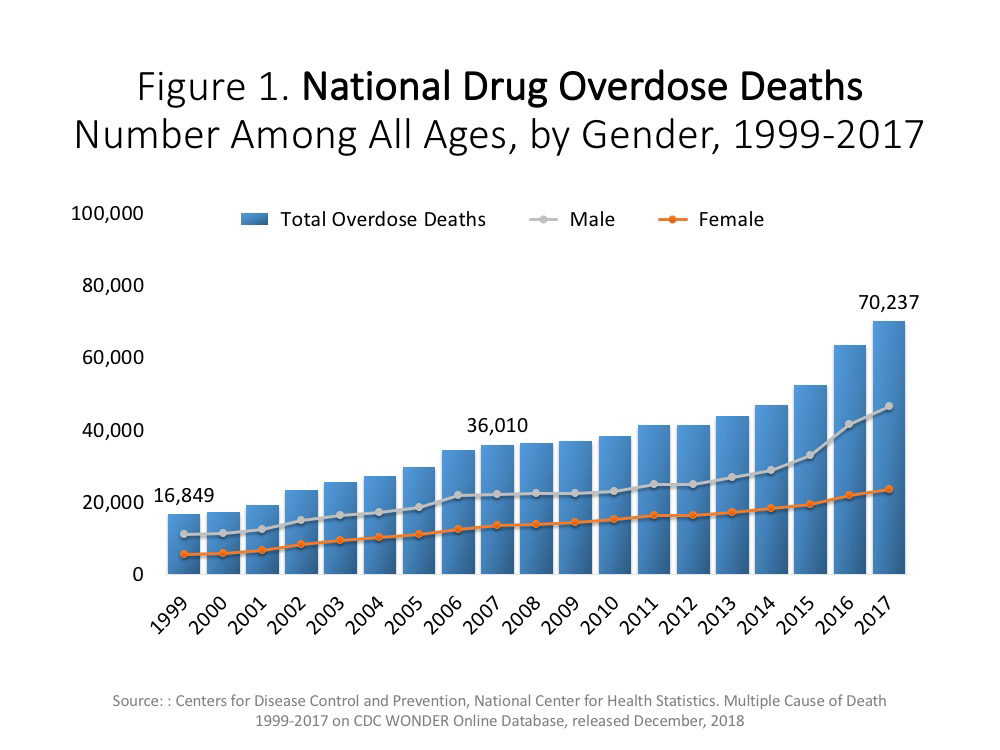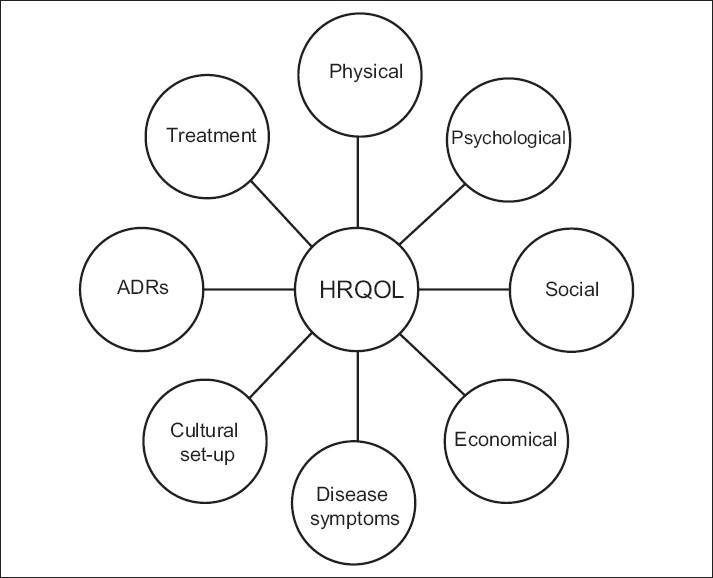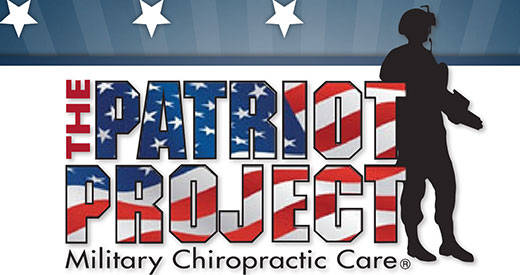Impact of Chiropractic Care on Use of Prescription Opioids in Patients with Spinal Pain
SOURCE: Pain Med. 2020 (Mar 6) [Epub]
James M. Whedon, DC, MS, Andrew W. J. Toler, MS, Louis A. Kazal, MD, Serena Bezdjian, PhD, Justin M. Goehl, DC, MS et al.
Southern California University of Health Sciences,
Whittier, California.
OBJECTIVE: Utilization of nonpharmacological pain management may prevent unnecessary use of opioids. Our objective was to evaluate the impact of chiropractic utilization upon use of prescription opioids among patients with spinal pain.
DESIGN AND SETTING: We employed a retrospective cohort design for analysis of health claims data from three contiguous states for the years 2012-2017.
SUBJECTS: We included adults aged 18-84 years enrolled in a health plan and with office visits to a primary care physician or chiropractor for spinal pain. We identified two cohorts of subjects: Recipients received both primary care and chiropractic care, and nonrecipients received primary care but not chiropractic care.
METHODS: We performed adjusted time-to-event analyses to compare recipients and nonrecipients with regard to the risk of filling an opioid prescription. We stratified the recipient populations as: acute (first chiropractic encounter within 30 days of diagnosis) and nonacute (all other patients).
There are more articles like this @ our:
RESULTS: The total number of subjects was 101,221. Overall, between 1.55 and 2.03 times more nonrecipients filled an opioid prescription, as compared with recipients (in Connecticut: hazard ratio [HR] = 1.55, 95% confidence interval [CI] = 1.11-2.17, P = 0.010; in New Hampshire: HR = 2.03, 95% CI = 1.92-2.14, P < 0.0001). Similar differences were observed for the acute groups.
CONCLUSIONS: Patients with spinal pain who saw a chiropractor had half the risk of filling an opioid prescription. Among those who saw a chiropractor within 30 days of diagnosis, the reduction in risk was greater as compared with those with their first visit after the acute phase.
KEYWORDS: Spine Pain; Back pain; Neck Pain; Chiropractic; Analgesics; Opioid
From the FULL TEXT Article:
Introduction
Opioid Prescription Crisis
The risks associated with the use of prescription opioid analgesics are well known. Drug overdose deaths in 2017 increased by almost 10% over 2016, with opioids accounting for almost 48,000 cases. [1] Promising improvement has been made in curtailing excessive and inappropriate prescribing practices and in the acute treatment of opioid use disorder. [1] However, to prevent unnecessary use of opioids, there is a pressing need to identify safe and cost-effective alternatives for the treatment of pain. Increasing attention is being paid to the potential of nonpharmacological pain treatment as an upstream strategy for addressing the opioid epidemic.
Chiropractic: A Nonpharmacological Alternative to Opioids
The Institute of Medicine has recommended the use of nonpharmacological therapies as effective alternatives to pharmacotherapy for patients with chronic musculoskeletal pain. [2] Among US adults prescribed opioids, 59% reported having back pain. [3] Recently published clinical guidelines from the American College of Physicians recommend nonpharmacological treatment as the first-line approach to treating back pain, with consideration of opioids only as the last treatment option or if other options present substantial risk to the patient. [4] In general, it is not known if the use of nonpharmacological therapies for musculoskeletal pain influences opioid use [5], but in that regard there is some emerging evidence in favor of chiropractic care.
Doctors of Chiropractic (DCs) provide nonpharmacologic treatment for spinal pain, using a multimodal functional approach that typically includes spinal manipulation and exercise, in accordance with international clinical practice guidelines. [6] A recent study of the implementation of a conservative spine care pathway reported that among patients treated for spinal pain, as expenditures for manual care (chiropractic and physical therapy) increased, expenditures for opioid therapy decreased, as did costs for spinal surgery and spine care overall. [7]
A retrospective claims study of 165,569 adults diagnosed with low back pain found that utilization of services delivered by DCs was associated with reduced use of opioids. [8] The supply of DCs, as well as spending on spinal manipulative therapy, is inversely correlated with opioid prescriptions in disabled Medicare beneficiaries under age 65 [9]. In a cohort of 1,702 patients with a new episode of neck pain, those who received DC care had decreased odds of being prescribed opioids within one year of their first visit (odds ratio [OR] = 0.54, 95% confidence interval [CI] = 0.39–0.76). [10] In a 2018 report of a study conducted among 14,025 veterans of recent wars, the percentage of patients receiving opioid prescriptions was lower after receiving DC care for low back pain as compared with before. [11] Also, in 2018, a study of health insurance claims for the treatment of low back pain in New Hampshire found a 55% reduction in the likelihood of opioid prescription fill among recipients of chiropractic care as opposed to nonrecipients. [12]
In 2019, Kazis et al. [13] reported that patients who were initially treated by a chiropractor, acupuncturist, or physical therapist had decreased odds of both short- and long-term opioid use as compared with initial treatment by a primary care physician. Also in 2019, a systematic review of six studies examining the association between chiropractic use and opioid use found that opioid prescriptions were significantly lower among chiropractic users as compared with nonusers. [14]
Read the rest of this Full Text article now!






Leave A Comment